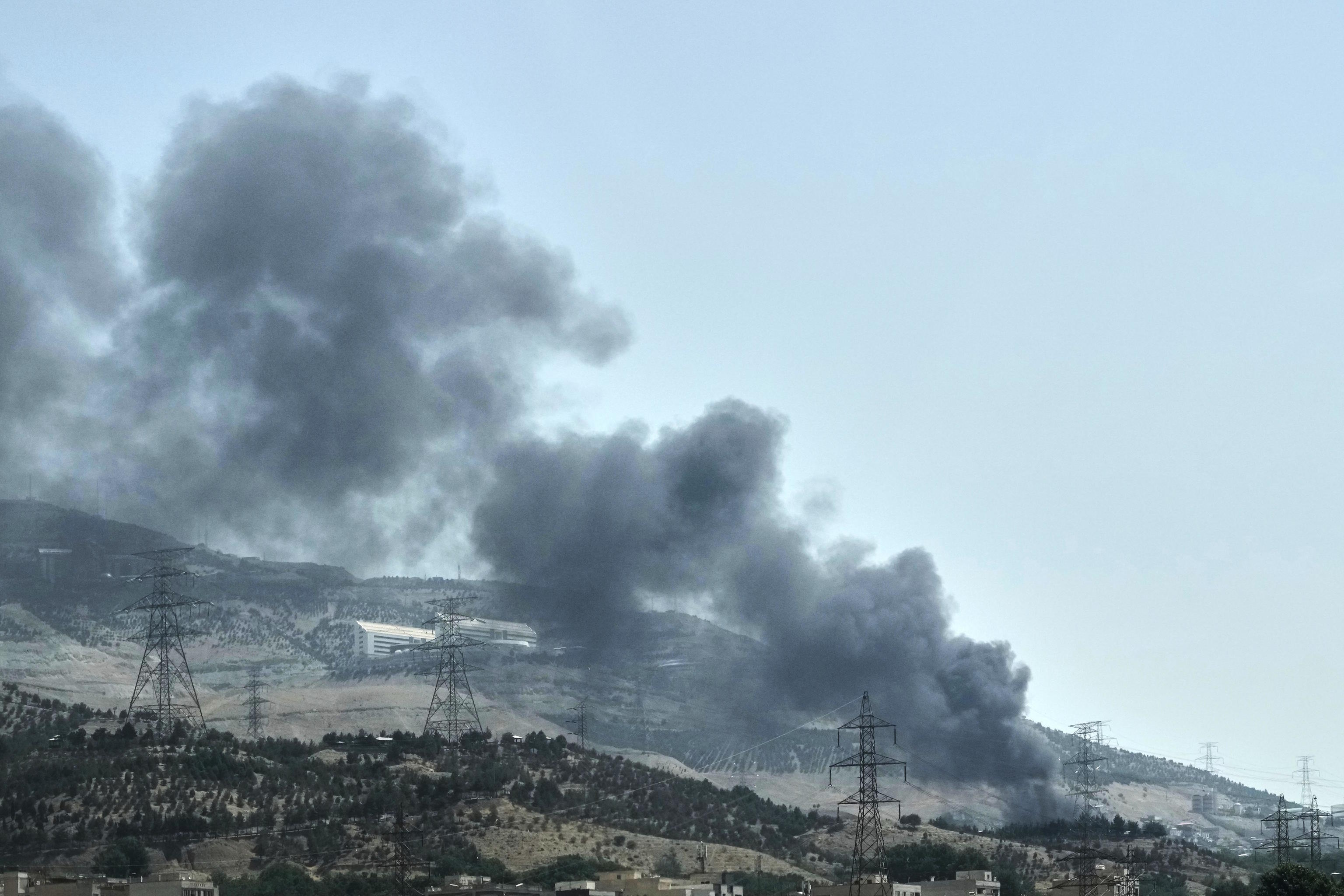IAEA director general Rafael Mariano Grossi said that the radiation poses a significant danger if uranium is inhaled or ingested. He added that the risk can be effectively managed with appropriate protective measures, such as using respiratory protection devices while inside the facilities.
"The level of radioactivity outside the Natanz site has remained unchanged and at normal levels, indicating no external radiological impact to the population or the environment from this event," Grossi said.
Grossi was addressing an urgent session of the U.N. nuclear watchdog board in Vienna that was convened at the request of Russia to discuss Israeli attacks against Iranian nuclear facilities. He said there apparently was no additional damage at Natanz and the Isfahan nuclear research site since Saturday.
He said that the main concern inside the Natanz facility is the chemical toxicity of a gas called uranium hexafluoride, which is the result of fluorine mixed with the uranium during enrichment. It is extremely volatile, will quickly corrode, can burn the skin and is especially deadly if inhaled, experts say.
"Amid theses challenging and complex circumstances, it is crucial that the IAEA receives timely and regular technical information about the facilities and their respective sites," Grossi said.
Without information, the U.N. nuclear watchdog "cannot accurately assess the radiological conditions and potential impacts on the population and the environment and cannot provide the necessary assistance."
Grossi said that U.N. inspectors will remain present in Iran and inspect the nuclear facilities "as soon as safety conditions allow."
He warned that "military escalation threatens lives, increases the chance of a radiological release with serious consequences for people and the environment and delays indispensable work towards a diplomatic solution for the long-term assurance that Iran does not acquire a nuclear weapon."
Satellite photos analyzed by The Associated Press show extensive damage at Iran's main nuclear enrichment facility in Natanz. The images captured Saturday by Planet Labs PBC show multiple buildings damaged or destroyed. The structures hit include buildings identified by experts as supplying power to the facility.
Grossi told the U.N. Security Council on Friday that the above-ground section of the Natanz facility was destroyed. The main centrifuge facility underground did not appear to be hit, but the loss of power could have damaged infrastructure there, he said.
Israel also struck a nuclear research facility in Isfahan. The IAEA said four critical buildings were damaged, including an uranium-conversion facility, but there was no sign of increased radiation at Natanz or Isfahan.
Grossi on Monday also told the IAEA board of governors that no damage has been seen at the site of the Fordo enrichment site, which is buried under a mountain and protected by anti-aircraft batteries. Fordo appears designed to withstand airstrikes.
Grossi also said that the Bushehr nuclear power plant, Iran's only commercial nuclear power plant, has not been targeted nor affected by the recent attacks and neither has the Tehran Research Reactor.
Any country on the 35-member board of the IAEA can call a meeting under its rules. The IAEA board last week found Iran in non-compliance with its nuclear obligations for the first time in 20 year.
